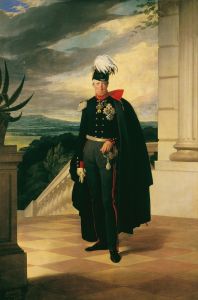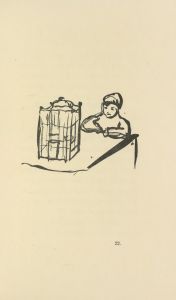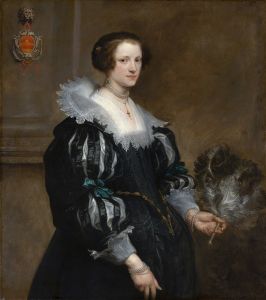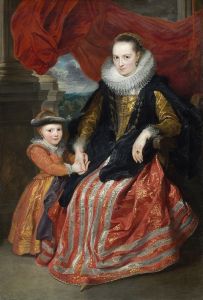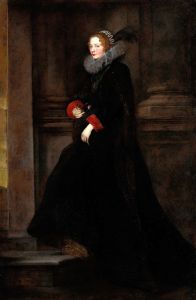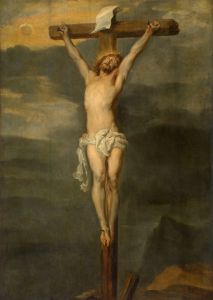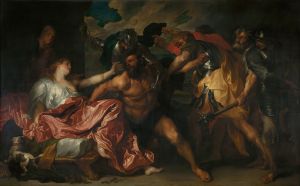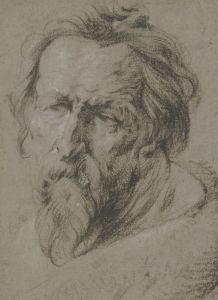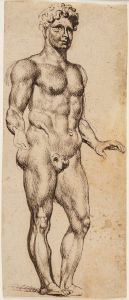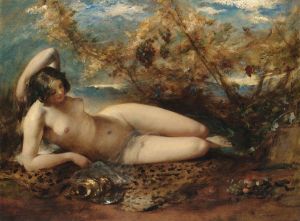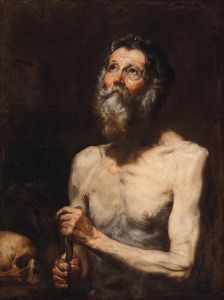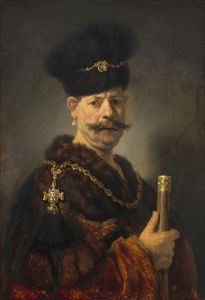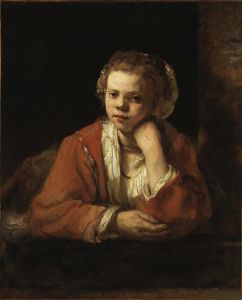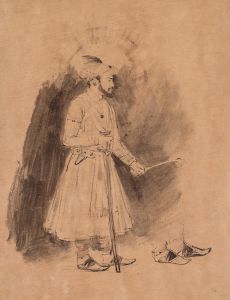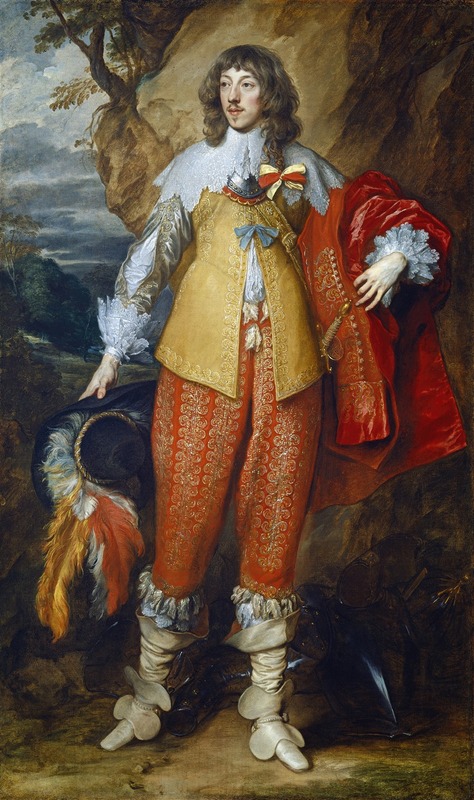
Henri II de Lorraine
A hand-painted replica of Anthony van Dyck’s masterpiece Henri II de Lorraine, meticulously crafted by professional artists to capture the true essence of the original. Each piece is created with museum-quality canvas and rare mineral pigments, carefully painted by experienced artists with delicate brushstrokes and rich, layered colors to perfectly recreate the texture of the original artwork. Unlike machine-printed reproductions, this hand-painted version brings the painting to life, infused with the artist’s emotions and skill in every stroke. Whether for personal collection or home decoration, it instantly elevates the artistic atmosphere of any space.
Henri II de Lorraine by Anthony van Dyck is a portrait painting created by the renowned Flemish Baroque artist Anthony van Dyck. The artwork depicts Henri II, Duke of Lorraine (1600–1675), a prominent figure in European nobility during the 17th century. Van Dyck, celebrated for his mastery in portraiture, was known for capturing the elegance and stature of his sitters, and this painting is no exception.
Henri II de Lorraine was a member of the House of Lorraine, a significant noble family in Europe. He held the title of Duke of Lorraine from 1608 to 1624 and again from 1625 to 1634. His life was marked by political and military involvement during a turbulent period in European history, including the Thirty Years' War. The portrait by Van Dyck reflects the duke's aristocratic bearing and high social status.
Anthony van Dyck (1599–1641) was a leading artist of the Baroque period and a student of Peter Paul Rubens. He gained fame for his ability to portray his subjects with a sense of grace and refinement. Van Dyck worked across Europe, including in Italy, England, and the Southern Netherlands, and he became court painter to King Charles I of England. His portraits often emphasized the dignity and individuality of his sitters, combining realism with an idealized elegance.
The exact date of the painting is not definitively known, but it is believed to have been created during Van Dyck's mature period, likely in the 1620s or 1630s, when he was actively producing portraits of European nobility. The work showcases Van Dyck's characteristic style, including his use of rich, luminous colors, attention to detail in the depiction of clothing and textures, and the subtle psychological depth he brought to his subjects.
The painting is part of Van Dyck's extensive body of work that includes numerous portraits of aristocrats, royals, and other prominent figures of his time. It is an example of how art was used to convey power, prestige, and identity in the 17th century. The current location of the painting is not specified in widely available sources, and further details about its provenance or history may require additional research.
As with many of Van Dyck's portraits, Henri II de Lorraine exemplifies the artist's ability to immortalize his subjects with a sense of grandeur and humanity, making it a significant piece within the context of Baroque portraiture.





